Crocodile Spotted In West Coast Park Waters, NParks Advises Public To Stay Calm If Encountered
Those who visit Singapore’s nature spaces frequently will know that they may come across a crocodile once in a while. However, such sightings are perhaps the most frequent at Sungei Buloh Wetland Reserve.
That might be why a netizen sounded surprised to catch sight of one swimming in the waters off West Coast Park.
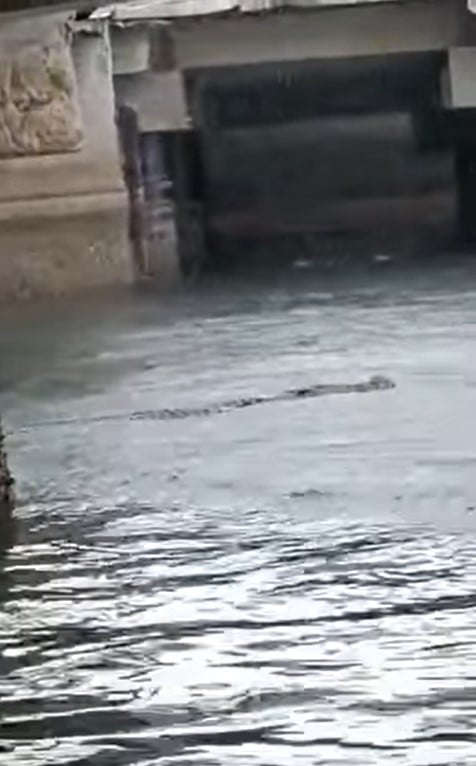
Source: Facebook
The National Parks Board (NParks) is monitoring the area in the interest of public safety.
Crocodile casually swimming in West Coast
In a post in the Singapore Wildlife Sightings Facebook group on Thursday (8 Dec), a member of the public shared a video that was apparently taken at West Coast.
It appeared to have been taken underneath a jetty of some sort, and it becomes evident that a long object with a scaly surface is floating in the water.

Source: Facebook
When the OP zooms in, the creature’s snout can be seen, and it becomes clear that it’s a crocodile casually swimming in the water.
In the close-up, what looked like the crocodile’s teeth could also be seen.
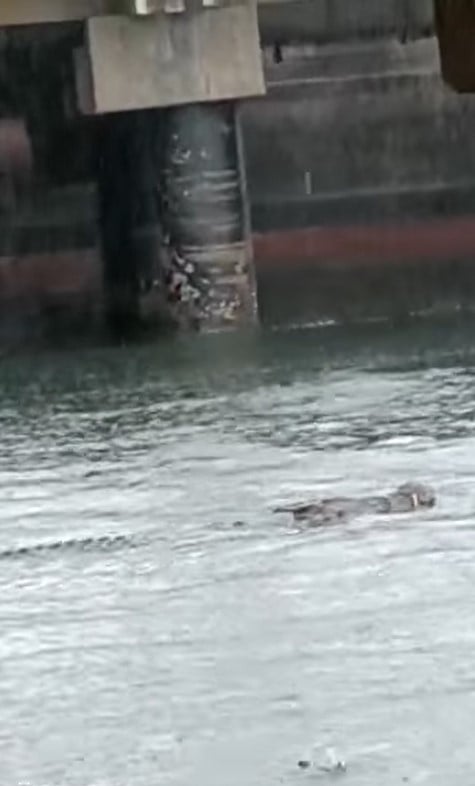
Source: Atrez on Singapore Wildlife Sightings Facebook group
Viewers could also admire the full length of its ridged tail.
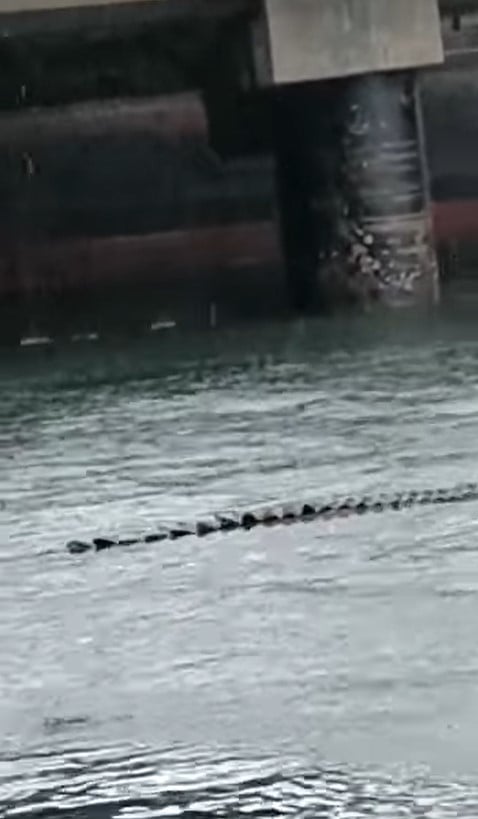
Source: Facebook
In another clip posted by the OP, the crocodile can be seen lepak-ing in the water, with a boat and HDB flats in the background.
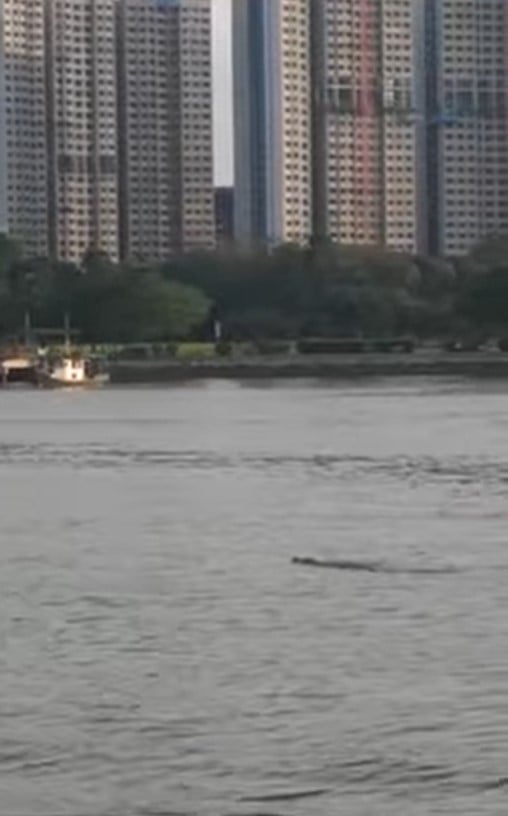
Source: Facebook
Netizen claim crocodile could regulate otter population
The post has already been shared more than 1,100 times as of Friday (9 Dec) night, perhaps attesting to how much interest it has stirred up among Singaporeans.
However, a netizen doubted the video was taken in Singapore, claiming the location was at Sarawak. In response, the OP pointed out that there are no HDB flats in Sarawak.
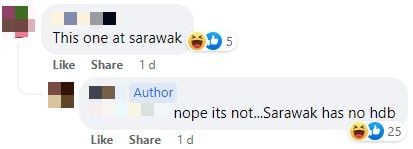
Source: Facebook
Another commenter remarked that if crocodiles eat otters, they could help regulate their population.

Source: Facebook
We’re not too sure about that, though, considering how gusty otters have been known to disturb crocs and even steal their lepak spots.
NParks puts up warning signs at West Coast
NParks is aware of the crocodile sighting at West Coast Park, reported The Straits Times (ST).
In response, they’ve put up warning signs there, as well as notices advising the public on what to do if they encounter a crocodile.
Namely, they should stay calm and back away slowly, and avoid approaching, provoking, or feeding it.
They’re monitoring the area and will continue to keep a close watch on the situation for public safety, ST quoted them as saying.
Creature likely to be estuarine crocodile
NParks also identified the reptile, saying it’s likely to be an estuarine crocodile.
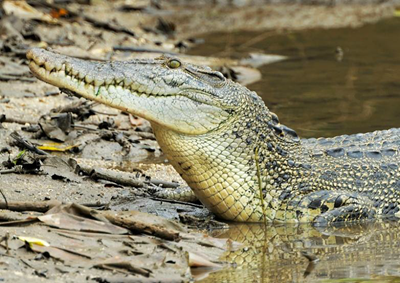
Source: NParks
According to the NParks website, estuarine crocodiles occur naturally in the wild in Singapore, though not commonly sighted.
Also known as the Saltwater Crocodile, it is one of the largest crocodile species in the world.
It can grow to over 5m in length and has a long snout and a broad muscular tail with ridges.
Thankfully, NParks said that crocodiles generally “do not attack unless they are provoked”.
However, they can attack aggressively especially when provoked, whether they’re on land or in water.
Recent crocodile attacks
Earlier this month, a one-year-old Malaysian boy in Sabah found this out in the worst way when he was reportedly dragged underwater by a crocodile before being eaten alive.
1-Year-Old Boy Eaten Alive By Crocodile In M’sia, Police Searching For Child’s Body
In a viral video that made the rounds this year, one of a pack of stray dogs met a presumably grisly fate after it was dragged into the sea by a crocodile in Sabah.
Closer to home, a crocodile was seen gobbling up a monitor lizard in Sungei Buloh last year.
Huge Croc Gobbles Up Monitor Lizard In Sungei Buloh As Man Captures Epic Feast On Camera
These incidents will hopefully teach humans not to take crocodiles lightly and be wary when we visit nature spaces.
Have news you must share? Get in touch with us via email at news@mustsharenews.com.
Featured image adapted from Facebook





